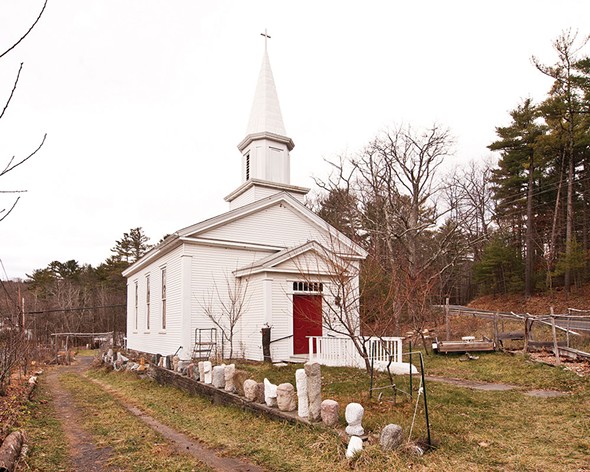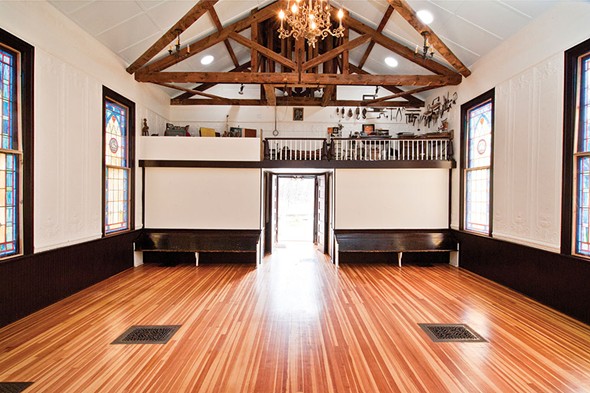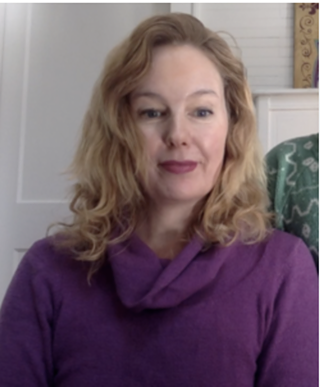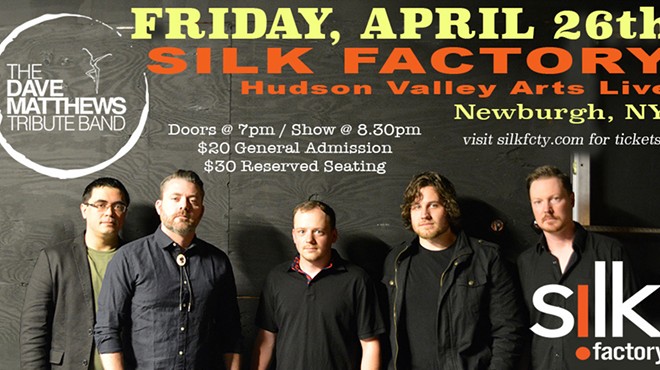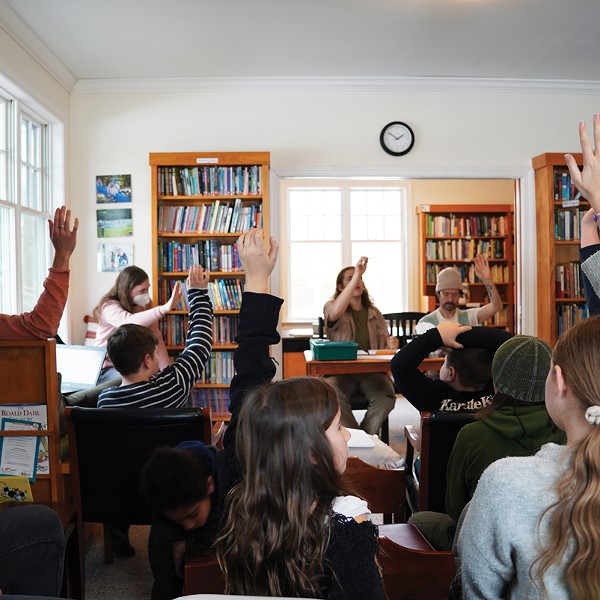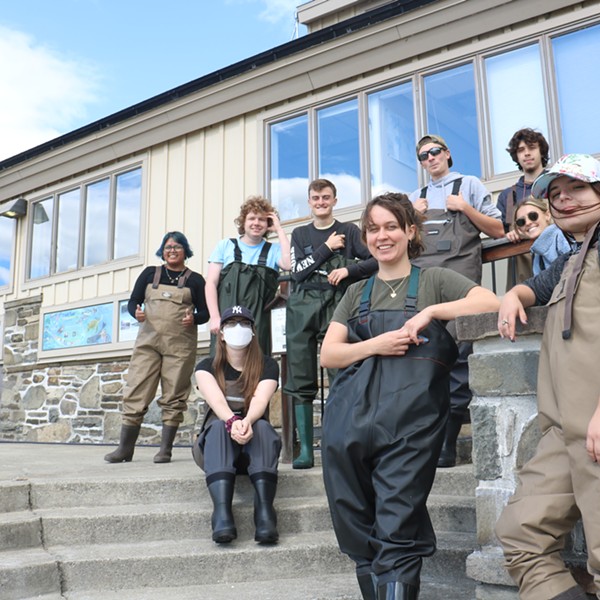Every New Year's Day for the past 14 years, Mor Pipman and Eric Hurliman have invited friends over for soup. It's a tradition that began their first year of marriage. "We'd met and married in a whirlwind and then the holidays came," Pipman remembers. "There was our wedding party, then Thanksgiving and office parties. It was parties, parties, parties—by New Year's Eve we refused to go out. So we decided to stay home and make a pot of seafood bisque."
Anyone who's tasted Pipman's "Much Mor" breads and jams or attended a Hudson Valley Sudbury School music night can guess the next part of this story: The soup was delicious. There was also plenty to share, and the next day, January 1st, they invited neighbors over for an impromptu lunch. This was in the East Village before gentrification and high-priced lattes, when Pipman and Hurliman were an integral part of the inter-generational, intercultural neighborhood. Those first guests were as diverse as the ingredients in that first pot of bisque. Pipman, a stone carver and ceramic sculptor, divided her time between teaching and organizing the local "M'finda Kalunga" community garden. "It was activism along with gardening," Pipman describes, "and was all about creating community. We held classes where the neighborhood elders taught the kids gardening. We screened political movies. We celebrated everyone's festivals—the Chinese harvest festival, Juneteenth, and the Sukkot."
Their lives changed but the New Year's soup tradition continued. Hurliman became an RN and they had two children, Ulysses and Zephyr. In 2007, their growing family and a rat infestation on their block sent them upstate looking for a new home, where they found an old church for sale outside Woodstock. Originally built in 1865, the former Methodist-Episcopalian church was one of 10 congregations displaced by the building of the Ashokan reservoir. It came to be known as "the stolen church of Glenford" when, in 1911, parishioners moved the church from the proposed reservoir basin to its current home in Glenford. "The story goes that it was stolen overnight," Pipman says. "Of course, it wasn't overnight. It takes time to move a church."
According to local historian Bob Steuding, part of the church grounds stood within the boundaries of the Ulster and Delaware Railroad, something disgruntled congregants were quick to note when the city took control. The railroad president generously offered the church building to the congregation "if they could only cart it away"—and, to everyone's surprise, they did. Oxen and dedicated congregants took five days to move the church from the Ashokan basin to the .9-acre triangle of donated land at the base of Ohayo Mountain. They then built a community hall (damaged and rebuilt after a 1935 fire) that eventually included a kitchen, a community meeting space, and a Sunday school annex. Over time, the local Methodist community, spread over three campuses, wanted to consolidate and expand. The limitations of the Glenford property became apparent. That's when the Hurliman-Pipman family stepped in.
Renovation Without a Plan
Although originally attracted to Kingston for its diversity, they were intrigued with the church after finding it online. "I don't know what it was. There were dropped cottage-cheese ceilings and florescent lighting throughout both buildings. There was no real kitchen. All the windows were interior windows and there was no insulation." Even so, they thought the church and its location might offer a new take on the familiar refrain of building community.
In the spring of 2008 they set up camp on the land and began the remodel. "Our priority was ecological," Pipman tells me. "We weren't concerned with aesthetics and we didn't really have a plan." They began by making the former community hall their living quarters. A kitchen from Green Demolitions, a nonprofit that recycles luxury kitchens and bathrooms, suited their needs perfectly. The honey-colored solid wood countertops, ornate cabinetry, and shelves laden with canned veggies are reminiscent of the late 19th century. Four-paned windows and wood doors, all bought secondhand from the Door Jamb in nearby Shokan, complete the vintage look. A large industrial stove adds a modern touch and is where Pipman, now a case worker for Hudson Valley Adoption Services, began her home-based business Much Mor Bread.
The church's former hall was converted into a large family room. The drop-ceiling tiles, once removed, revealed an arched two-story ceiling, and new, higher windows infused the space with light. Extra material from the purchased kitchen transformed the former stage into an office and laundry area. Now, along the high walls, stained-glass art by Pipman's sister and windows recycled from her parent's house alternate with bookshelves and the back of the hall accommodates an oversize National Geographic world map. There's even room for a baby grand piano in the corner. The bathroom, finished in white tile, includes an antique sink, clawfoot tub, and bidet, all salvaged from Zaborski's architectural salvage in Kingston and refurbished by Pipman. The Sunday school annex was divided into two bedrooms and more office space. Eventually, a mudroom was added to the building's entryway and a deck to the back side. Pipman dubs it all her "loft in the sticks."







